Engine High
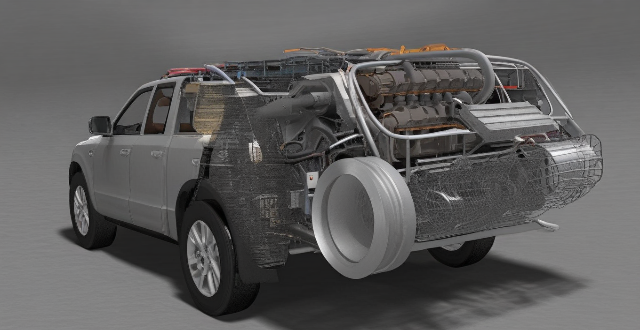
What are the main components of a fuel vehicle's engine ?
The main components of a fuel vehicle's engine include the cylinder block, pistons, connecting rods, crankshaft, camshaft, valves, head gasket, cylinder head, timing belt or chain, oil pump, spark plugs, intake and exhaust manifolds, cooling system, and lubrication system. These components work together to ensure efficient combustion, energy conversion, and overall engine operation.

What are the benefits of a gasoline hybrid engine ?
The article discusses the advantages of a gasoline hybrid engine, which is a combination of a traditional internal combustion engine and an electric motor. The benefits include improved fuel efficiency through reduced fuel consumption, regenerative braking, and start-stop technology; lower CO2 emissions and decreased pollutants resulting in cleaner air quality; and enhanced performance with instant torque, smooth driving experience, and extended brake life due to regenerative braking. Overall, gasoline hybrid engines provide a balance between power and efficiency, making them an attractive option for eco-conscious drivers.
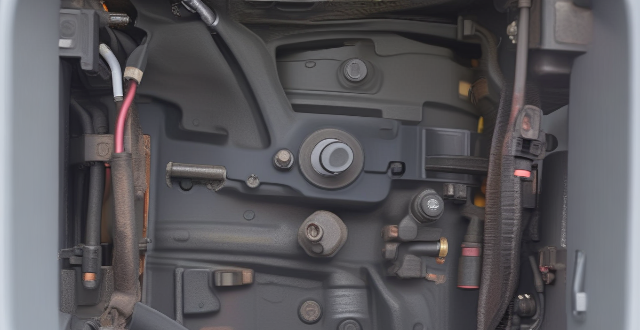
Can an electronic speed controller be used in a car engine ?
The question of whether an electronic speed controller (ESC) can be used in a car engine depends on the type of engine. In traditional internal combustion engines (ICE), which use gasoline or diesel as fuel, an ESC cannot be used because these engines rely on mechanical systems for speed control. However, in electric cars, which use electric motors as their primary source of propulsion, an ESC is essential for controlling the speed of the motor and protecting it from damage. Therefore, while an ESC cannot be used in ICE vehicles, it plays a crucial role in electric vehicles.

How long do diesel hybrid engines last ?
This article discusses the factors that affect the lifespan of diesel hybrid engines and provides an estimate of their expected lifespan. It also offers tips for maximizing the lifespan of these engines through proper maintenance, responsible driving habits, high-quality fuel, and protection against extreme temperatures.

How efficient is a Series Hybrid Electric Vehicle ?
Series hybrid electric vehicles (SHEVs) combine internal combustion engines and electric motors to power wheels, offering efficiency benefits through regenerative braking, engine optimization, and electric drive. However, added weight, system complexity, and battery depletion can be drawbacks. The efficiency of SHEVs hinges on design and driving habits.
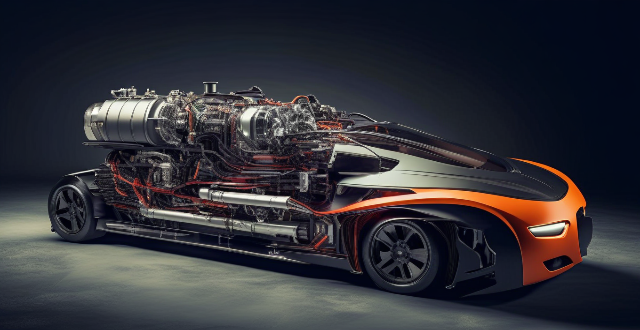
Can I still use gasoline in a gasoline hybrid car ?
Gasoline hybrid cars combine a traditional gasoline engine with an electric motor for improved fuel efficiency and reduced emissions. While they still require gasoline to operate the internal combustion engine, they offer significant savings in fuel costs over time. To maximize fuel efficiency in a gasoline hybrid car, drivers should practice eco-driving techniques, perform regular maintenance, and utilize regenerative braking settings. Gasoline hybrid cars represent a step towards reducing our reliance on fossil fuels and transitioning to cleaner energy sources.

What are the key components of a CHEV's drive system ?
The key components of a CHEV's drive system include the engine, electric motor, transmission, battery pack, and energy management system. The engine generates the majority of the power needed to propel the vehicle, while the electric motor provides additional power during acceleration or hill climbing. The transmission transfers power from the engine and electric motor to the wheels, and may be a conventional automatic or manual transmission or a specialized hybrid transmission. The battery pack stores electrical energy generated by the electric motor during regenerative braking and provides power to the electric motor when needed. The energy management system controls the flow of energy between the engine, electric motor, and battery pack, determining when to use each source of power based on driving conditions, state of charge of the battery, and driver demand. These components work together to provide a seamless driving experience while maximizing fuel efficiency and reducing emissions.

Is it worth investing in a high-tech home security system ?
High-tech home security systems offer enhanced protection and peace of mind but come with drawbacks like high cost and dependence on technology. Whether to invest in one depends on individual needs and preferences.
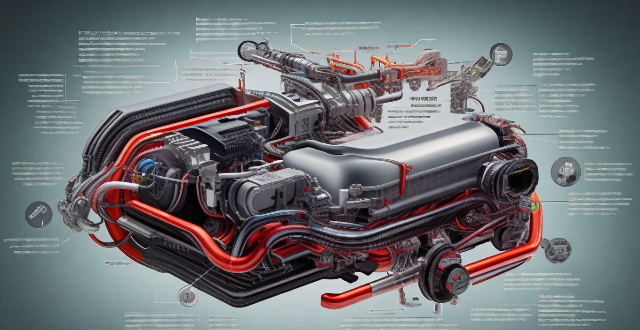
How do I install and maintain a combination motor drive system ?
A combination motor drive system, also known as an integrated drive system or hybrid drivetrain, is a complex assembly of components designed to deliver power from the engine to the wheels of a vehicle. It typically includes an internal combustion engine, one or more electric motors, and a transmission that may incorporate both mechanical and electronic control systems. This guide will walk you through the installation and maintenance process for such a system.

How do flywheels provide energy storage, and what are their advantages ?
Flywheels store energy as rotational kinetic energy, which can be converted back into electrical or mechanical energy. They have a high power density, long lifespan, fast response time, low environmental impact, and high efficiency, making them suitable for applications like regenerative braking systems in electric vehicles and grid stabilization.
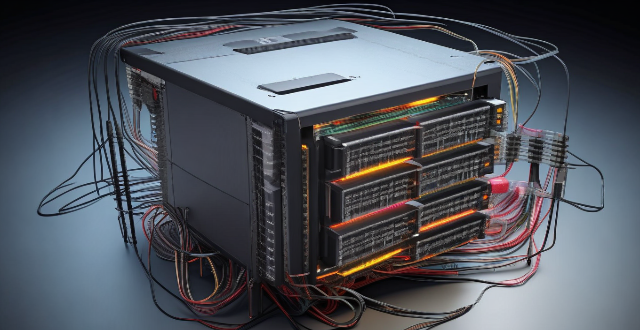
What is considered high network latency ?
High network latency is a delay in data transmission that can negatively affect the performance of applications and services. It is influenced by various factors such as distance, congestion, hardware performance, bandwidth limitations, QoS settings, and interference. The definition of high latency varies depending on the context, but it is generally considered to be any delay that significantly impacts the usability of applications or services. Identifying high network latency can be done using tools like ping tests or traceroute commands. Mitigating high network latency can involve upgrading hardware, increasing bandwidth, optimizing QoS settings, reducing physical distance, and minimizing interference.

What is the difference between cliff diving and high diving ?
The article discusses the differences between cliff diving and high diving, two sports involving athletes jumping from heights into water. The differences are explored in terms of equipment, techniques, safety measures, and competitive formats. Cliff diving takes place on natural or artificial platforms overlooking bodies of water, with heights ranging from 20 to 27 meters. High diving, on the other hand, occurs on elevated platforms built specifically for competitions, with standardized heights of 10 meters for men and 5 meters for women. Cliff divers must navigate uneven terrain and deal with varying wind conditions, while high divers have a clear path to the edge of the platform. Cliff diving often involves complex rotations and somersaults, while high diving focuses on precision and execution. Safety measures for cliff diving include sufficient water depth, clean water quality, and emergency procedures, while high diving requires regulation-sized pools with adequate depth and space, regular maintenance, and supervision by lifeguards and medical personnel. Competitive formats for cliff diving include individual competitions and team relays, while high diving features individual, synchronised, and team events at various levels such as national, continental, and world championships.

How have traditional sports uniforms been reimagined in high fashion ?
Traditional sports uniforms have been reimagined in high fashion by incorporating modern design elements, innovative materials, and unique color schemes. This transformation has resulted in a fusion of functionality and style that appeals to both athletes and fashion enthusiasts alike. Here are some ways traditional sports uniforms have been reinvented: 1. Incorporating Modern Design Elements: High fashion designers have incorporated modern design elements into traditional sports uniforms, such as asymmetrical cuts, bold patterns, and intricate detailing. These elements add a touch of sophistication and visual interest to the garments while still maintaining their functionality on the field or court. 2. Using Innovative Materials: In recent years, there has been a focus on using innovative materials in sportswear design. These materials can provide enhanced performance benefits, such as moisture-wicking capabilities, breathability, and stretchiness. High fashion designers have taken advantage of these advancements to create stylish yet functional sports uniforms that meet the demands of today's athletes. 3. Unique Color Schemes: Traditional sports uniforms often feature team colors or simple color combinations. However, high fashion designers have pushed the boundaries with unique color schemes that make a statement on and off the field. Bright neons, pastel hues, and even metallic finishes have become popular choices for modern sports uniforms. 4. Collaborations with High Fashion Brands: Collaborations between sports teams and high fashion brands have also played a role in reimagining traditional sports uniforms. These partnerships allow for the exchange of ideas and expertise between two industries, resulting in unique designs that combine athleticism with fashion-forward aesthetics. 5. Athleisure Wear: The rise of athleisure wear has also influenced the reimagining of traditional sports uniforms. This trend blends athletic apparel with everyday fashion, creating garments that can be worn both during physical activities and casual outings. High fashion designers have embraced this concept by designing sports uniforms that double as stylish streetwear.

What is the physiological basis for the "runner's high" phenomenon ?
The runner's high is a state of euphoria experienced by long-distance runners, believed to have a physiological basis. Endorphins, natural opioid peptides that reduce pain perception and create feelings of pleasure, are key players in this phenomenon. Other factors like adrenaline, norepinephrine, serotonin, dopamine, and cortisol also contribute. The benefits include pain relief, mood enhancement, stress reduction, and improved self-esteem.

What is the function of thermoregulation in high-tech sportswear ?
The text discusses the function of thermoregulation in high-tech sportswear. It explains that thermoregulation is crucial for athletes to maintain their optimal body temperature during physical activities, as overheating or being too cold can affect their performance and increase the risk of injury. High-tech sportswear uses advanced materials and technologies to regulate temperature and manage moisture, including insulation, ventilation, moisture-wicking capabilities, and quick drying. These garments also adapt to different environments through layering systems and seasonal variants. Overall, the function of thermoregulation in high-tech sportswear is essential for athletes to stay comfortable, focused, and efficient during their activities.